Metal Pumbing Fittings & Connectors
There are numerous fittings and adaptors available to joint together metal piping, listed below are a selection of the most common compression fittings, to make their recognition that little bit easier.
Compression joints are much simpler to use than capillary joints, which require heating and soldering to make them watertight, and can create a watertight joint in seconds. However they are more expensive than capillary joints, and in some confined spaces they are not not apllicable if one cannot get a wrench to turn the nut.
- Click on product description below to purchase the item from screwfix.com, who deliver in 24 hours - hover over the picture for a full description.
Drain cock
Used to drain the whole, or a part of, the plumbing system. A hose pipe attaches to the valve and allows water to flow to a drain or bucket.
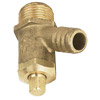
Elbow fitting
Allows the plumbing to navigate a bend, or a joist etc.
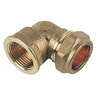
Gate valve
Often fitted to the cold feed outlet pipes from a storage tank, this valve allows the tank to be isolated when draining the system, avoiding wasting gallons of water.
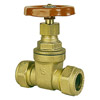
Isolating valve
Often fitted to hot and/or cold inlet pipes to a fixture or fitting, such as a tap or washing machine. A quarter turn stops or starts the flow of water along a particular pipe.
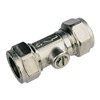
Non return valve
This allows water to flow in one direction only. Usually fitted to any plumbing fixture attached directly to the mains water supply, to prevent contamination of the mains water system.
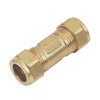
Outside tap
Ideal for providing water directly to the exterior of a property.
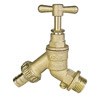
Reducer fitting
Allows pipes of differing sizes to be connected together.
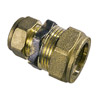
Reducing tee fitting
Allows pipes of differing sizes to be connected together, and navigate a bend or joist etc.
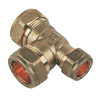
Stop cock
This is attached directly to the mains water supply inlet to allow one to stop the flow of water to a property.
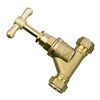
Tank connectors
These are passed through the holes of a water tank, along with a plastic washer, to allow the plumbing to be connected to the tank or cistern.
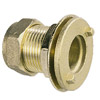
Tap connectors
Allow a tap to be connected to the piping network.
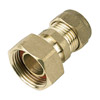
Wall plate elbow fitting
Used for fixing a tap to a wall.
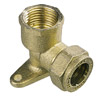
End cap
Used to seal the end of a pipe.
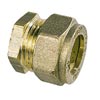
Further information and useful links
Site Pages
Featured Articles




